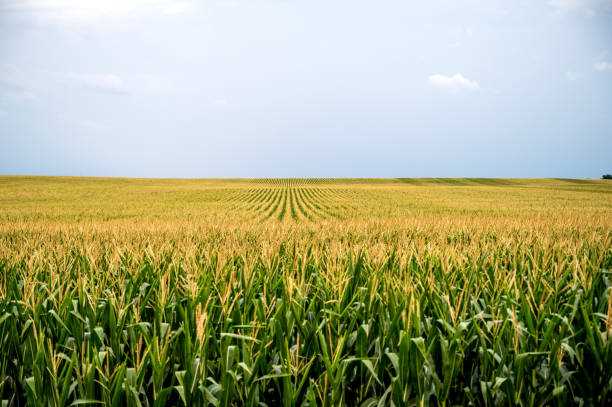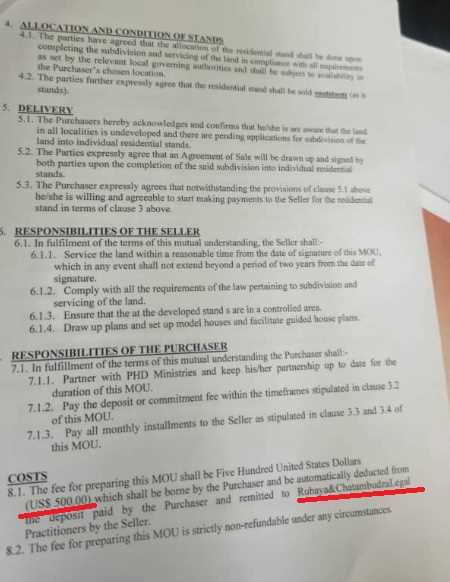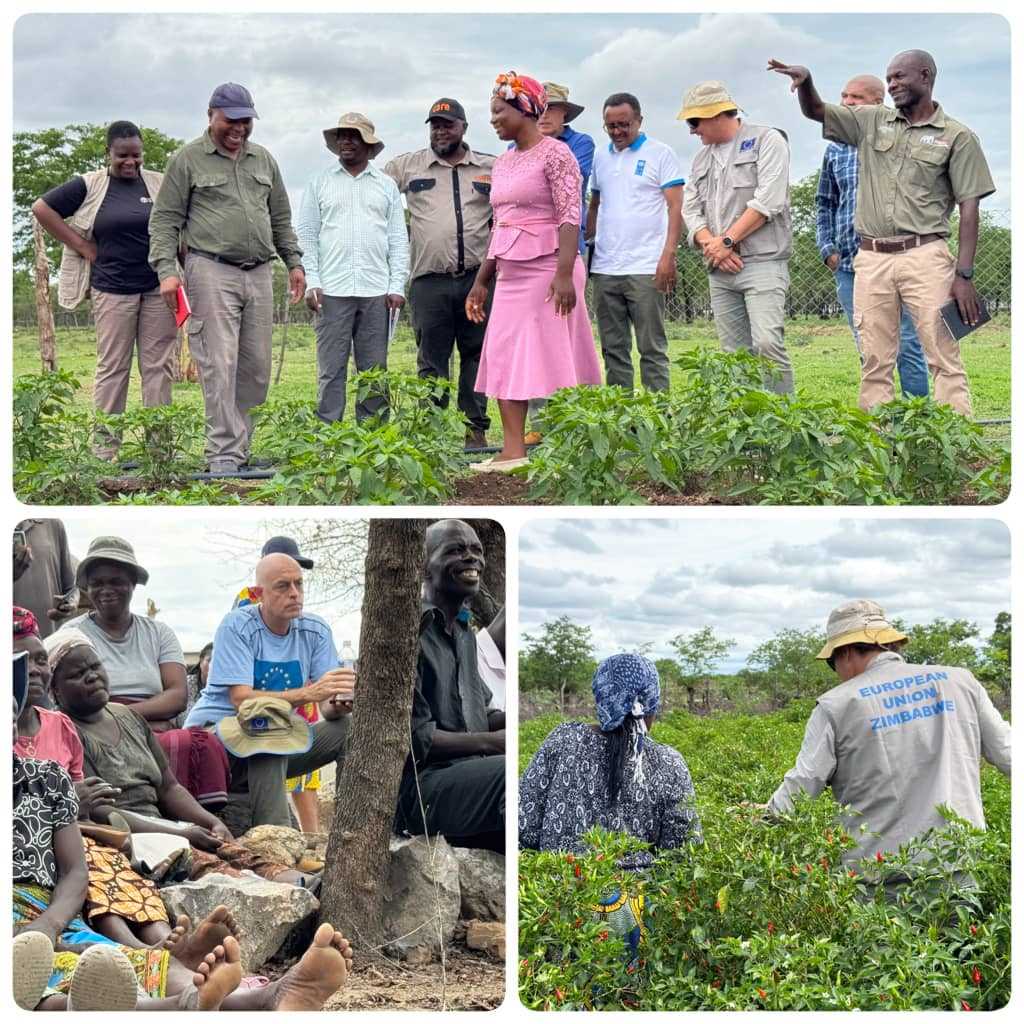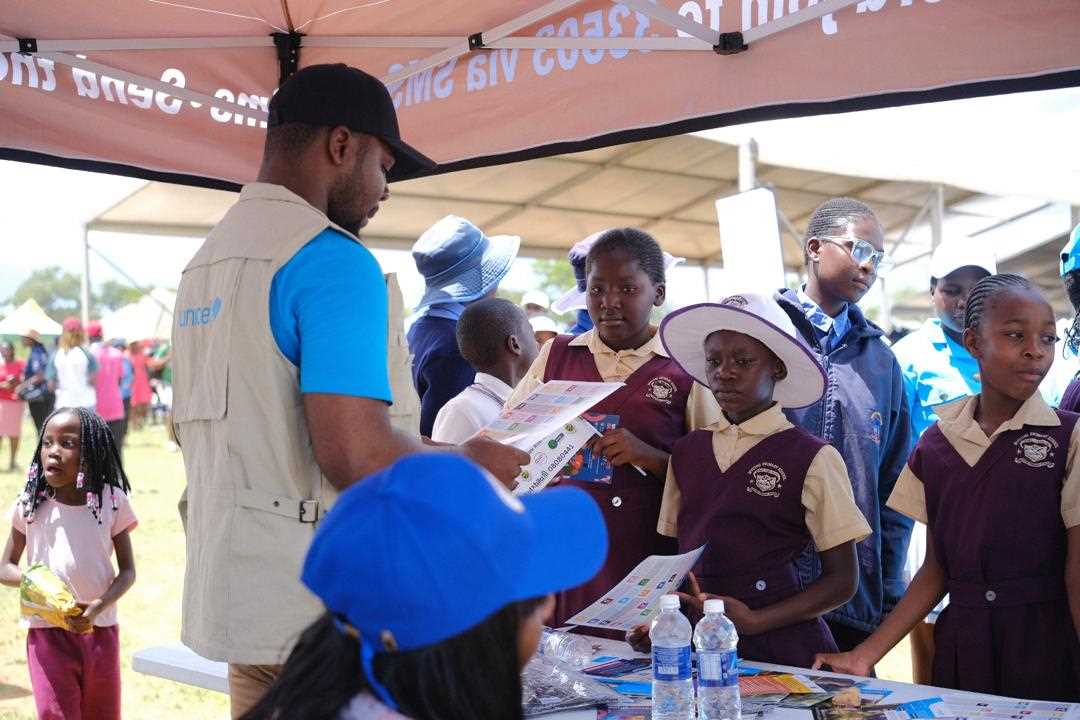
Rutendo Mazhindu
Zim Now Reporter
Maize planting for the 2024/25 season has covered 1,790,917 hectares, just shy of the government’s target of 1.8 million hectares.
Despite some provinces falling short of their goals, preliminary reports indicate a promising harvest, with most crops developing well.
Mashonaland West led the country’s planting efforts, exceeding its target of 360,000 hectares by reaching 360,276 hectares—an increase from last season’s 248,104 hectares. Masvingo and Mashonaland East also performed strongly, planting 194,160 hectares and 242,470 hectares, achieving 120% and 101% of their targets, respectively.
However, Mashonaland Central and Matabeleland North planted 230,761 hectares and 111,670 hectares, falling slightly below their targets. Mashonaland Central reached 98% of its goal, while Matabeleland North performed marginally better at 102%. Bulawayo, however, faced the greatest challenge, managing only 7,463 hectares against a target of 10,000 hectares, reaching 75% of its goal.
Permanent Secretary in the Ministry of Lands, Agriculture, Fisheries, Water and Rural Development, Professor Obert Jiri, expressed optimism about the season’s outcome. He noted that 65% of the maize crop has already reached the early reproductive stage and is in good condition.
Related Stories
“The report shows that 15% of the maize planted by the end of November 2024 has progressed to the soft dough and hard dough stages, indicating strong potential for a fruitful harvest. The remaining 20% of the crop, planted later in the season, is still in the vegetative stage and requires urgent top-dressing fertilizer to enhance growth and prevent nutrient loss,” said Professor Jiri.
He encouraged farmers to adopt best practices, including the split application of fertilizers, to maximize yields.
Beyond maize production, the latest ARDAS report highlights a notable increase in traditional grain cultivation, with 418,000 hectares designated for sorghum and pearl millet. This shift reflects farmers’ resilience and commitment to growing drought-tolerant crops amid climate challenges.
Mashonaland West recorded 32,000 hectares of sorghum, reaching 90% of its target, an improvement from last year’s 28,941 hectares. Midlands and Masvingo each planted 61,000 hectares, achieving 96% and 89% of their targets, respectively. Matabeleland North and Matabeleland South exceeded expectations, meeting 100% of their targets with 38,300 and 44,200 hectares planted.
The report also indicates strong efforts in pearl millet production. Manicaland leads with 12,653 hectares planted, achieving 94% of its target, while Midlands and Masvingo planted 9,744 hectares and 34,510 hectares, reaching 89% and 100% of their respective goals.
Professor Jiri emphasized the importance of pest management, urging farmers to remain vigilant against the fall armyworm and African armyworm. He advised them to rotate pesticides to prevent resistance and implement immediate control measures where necessary.
“As the season progresses, preparations for winter cropping have commenced, particularly for farmers who have recently harvested irrigated tobacco. Field days and farm visits are being organized to equip farmers with the knowledge and skills needed for successful cultivation,” he said.



















Leave Comments